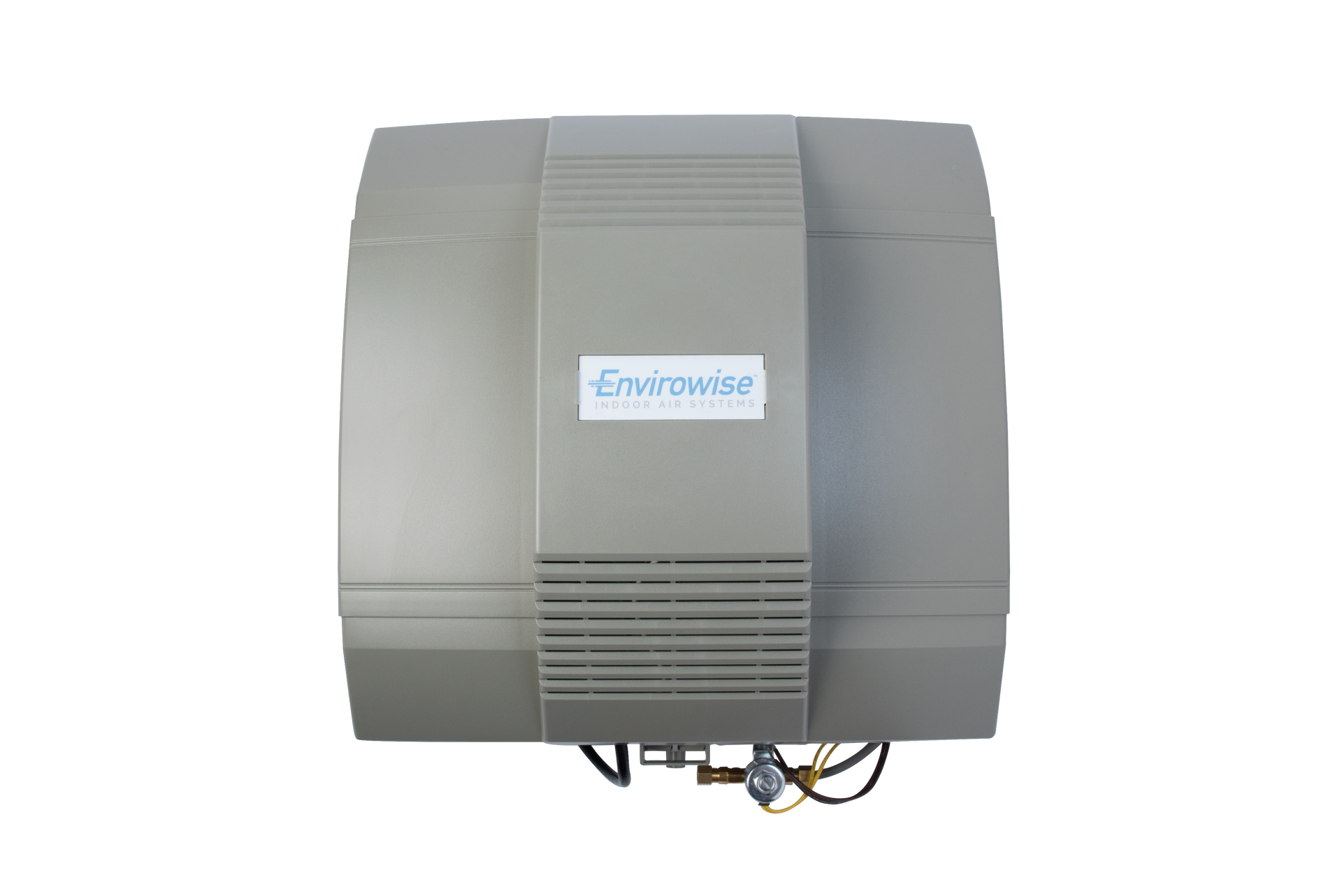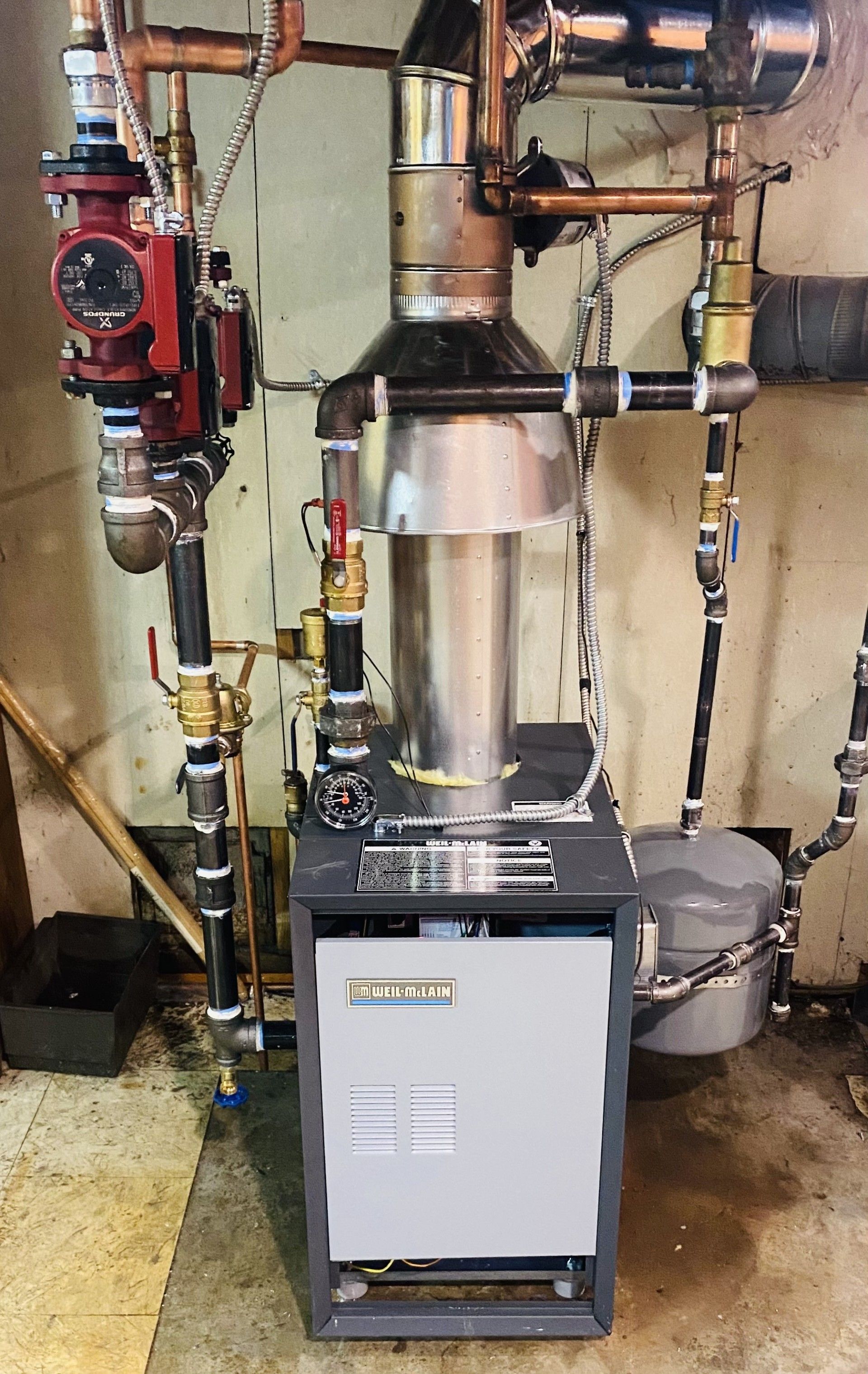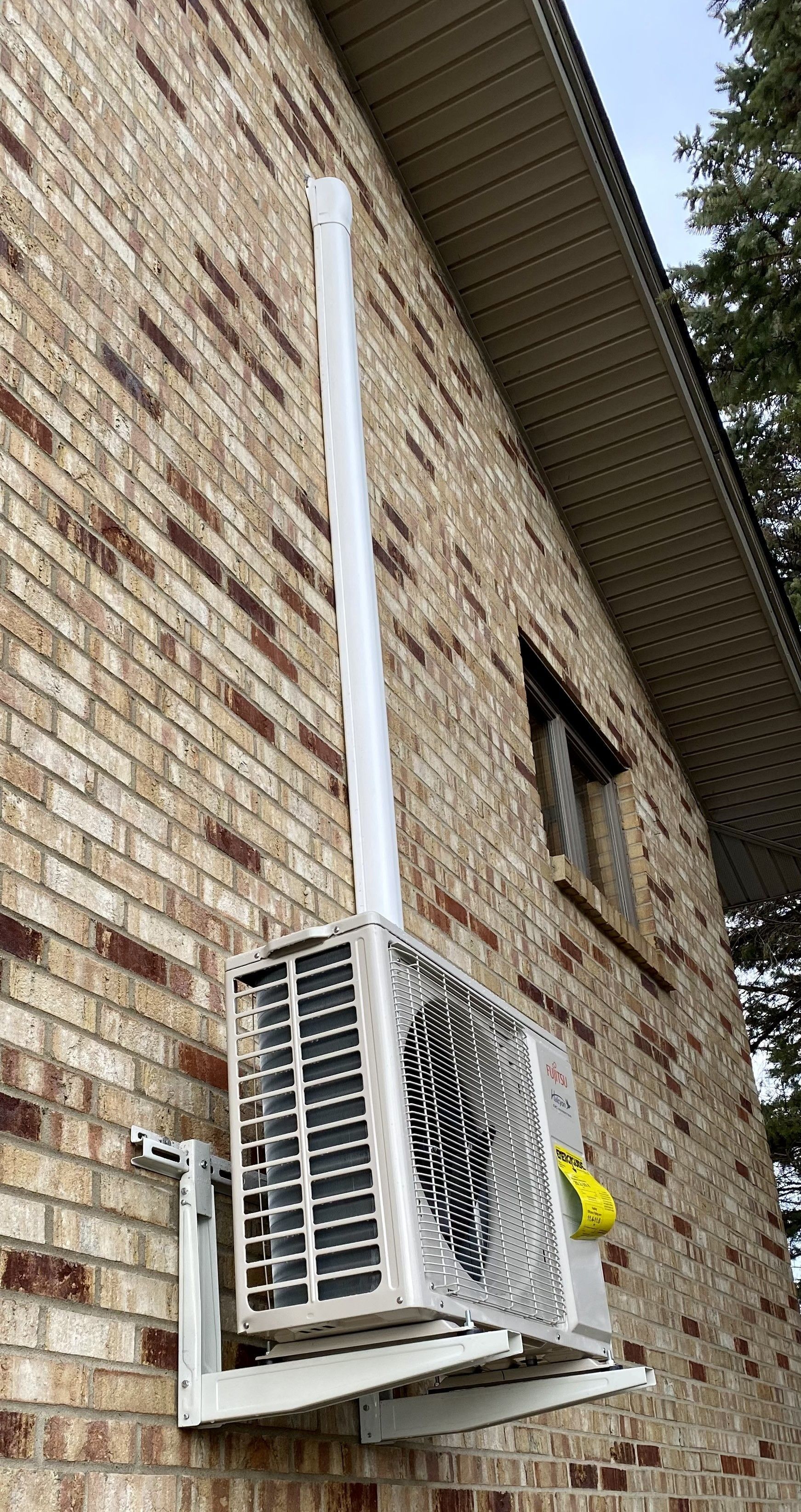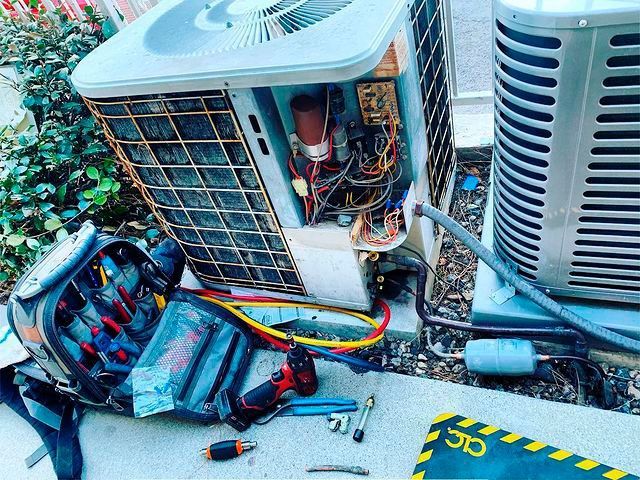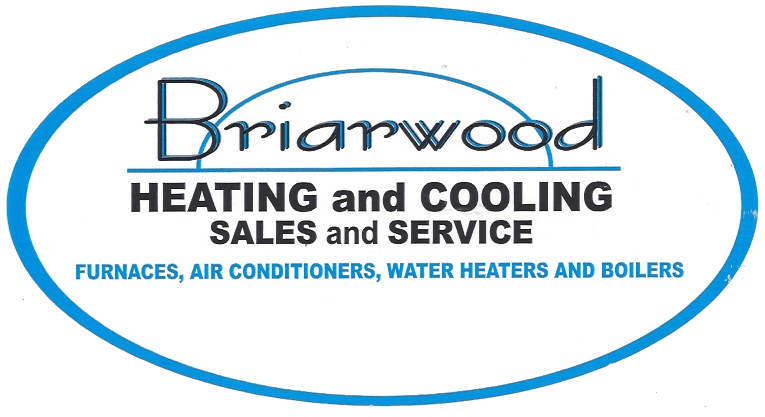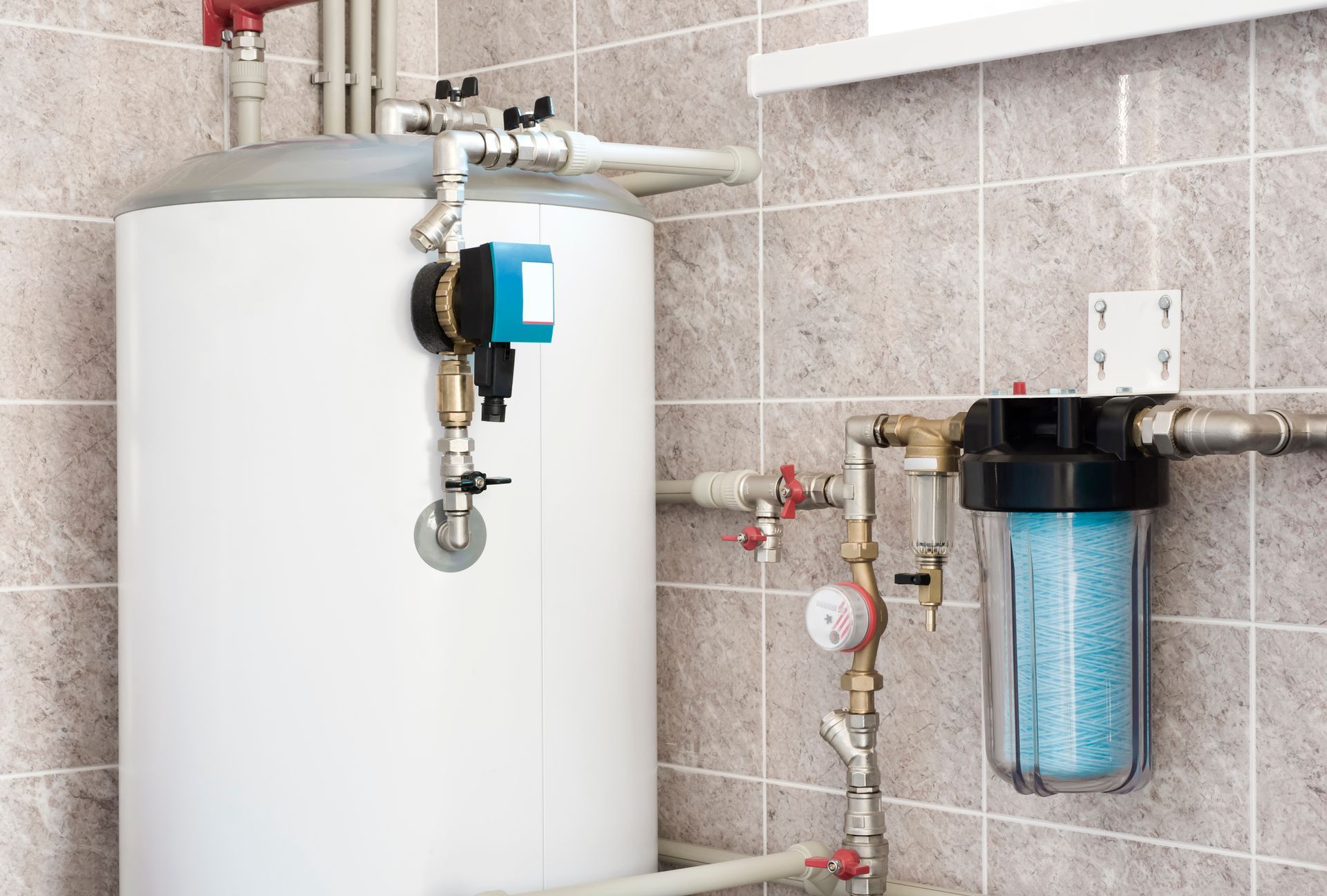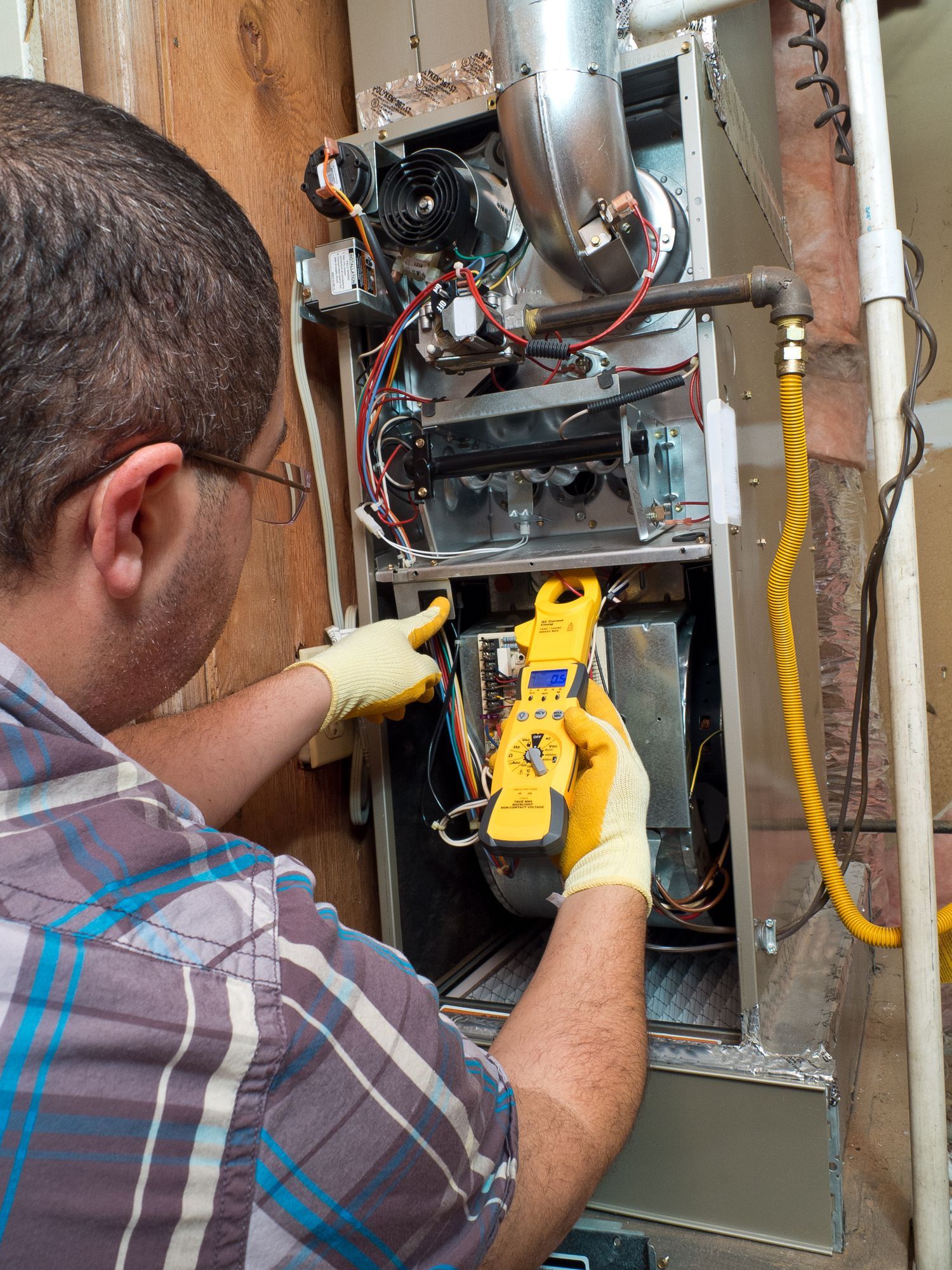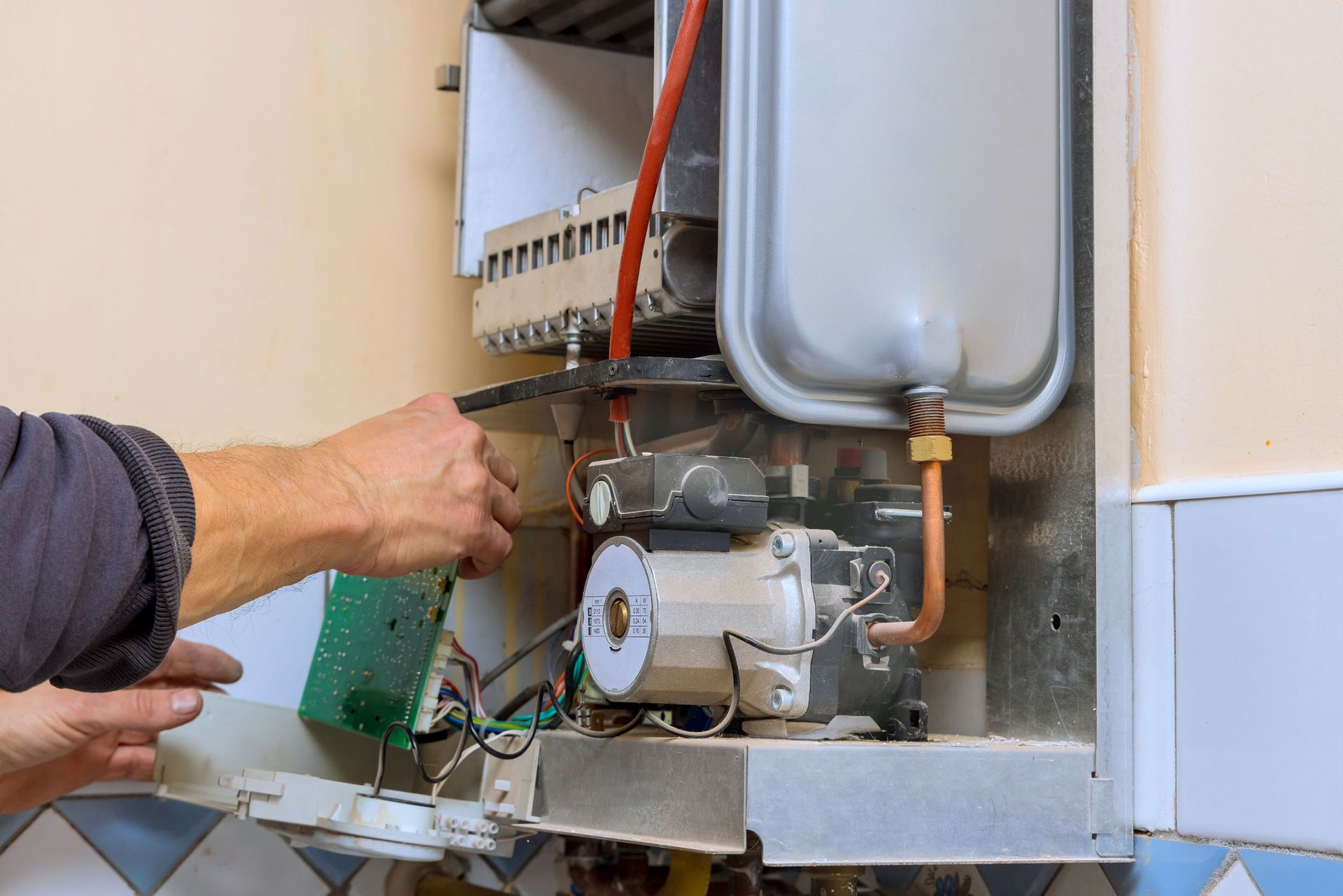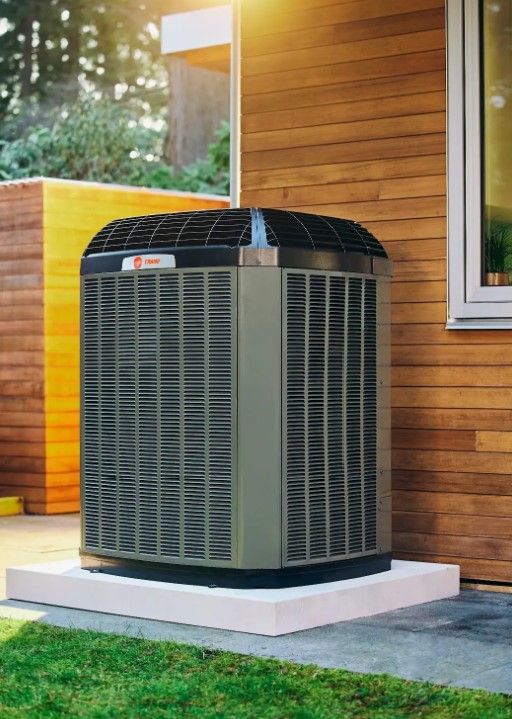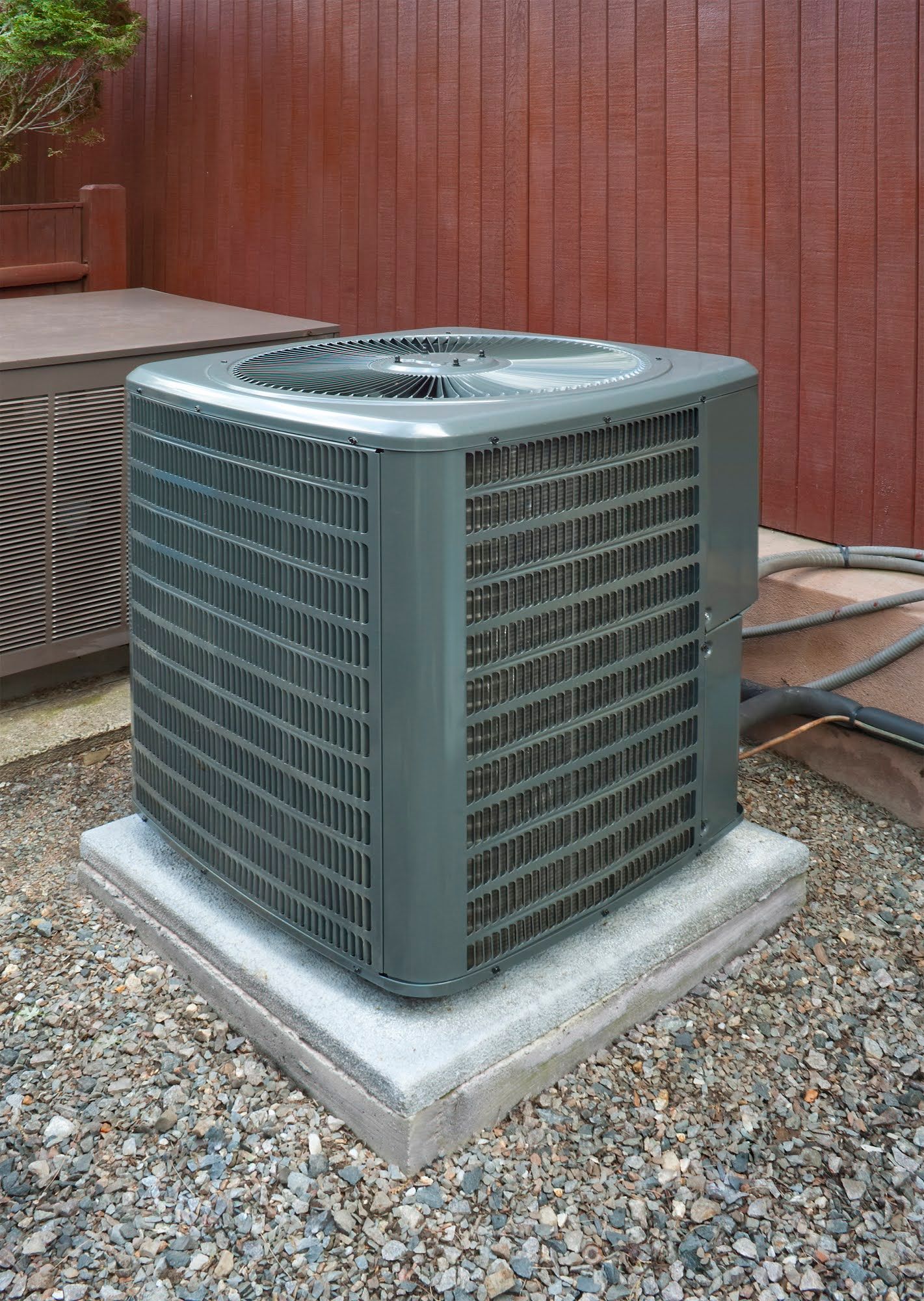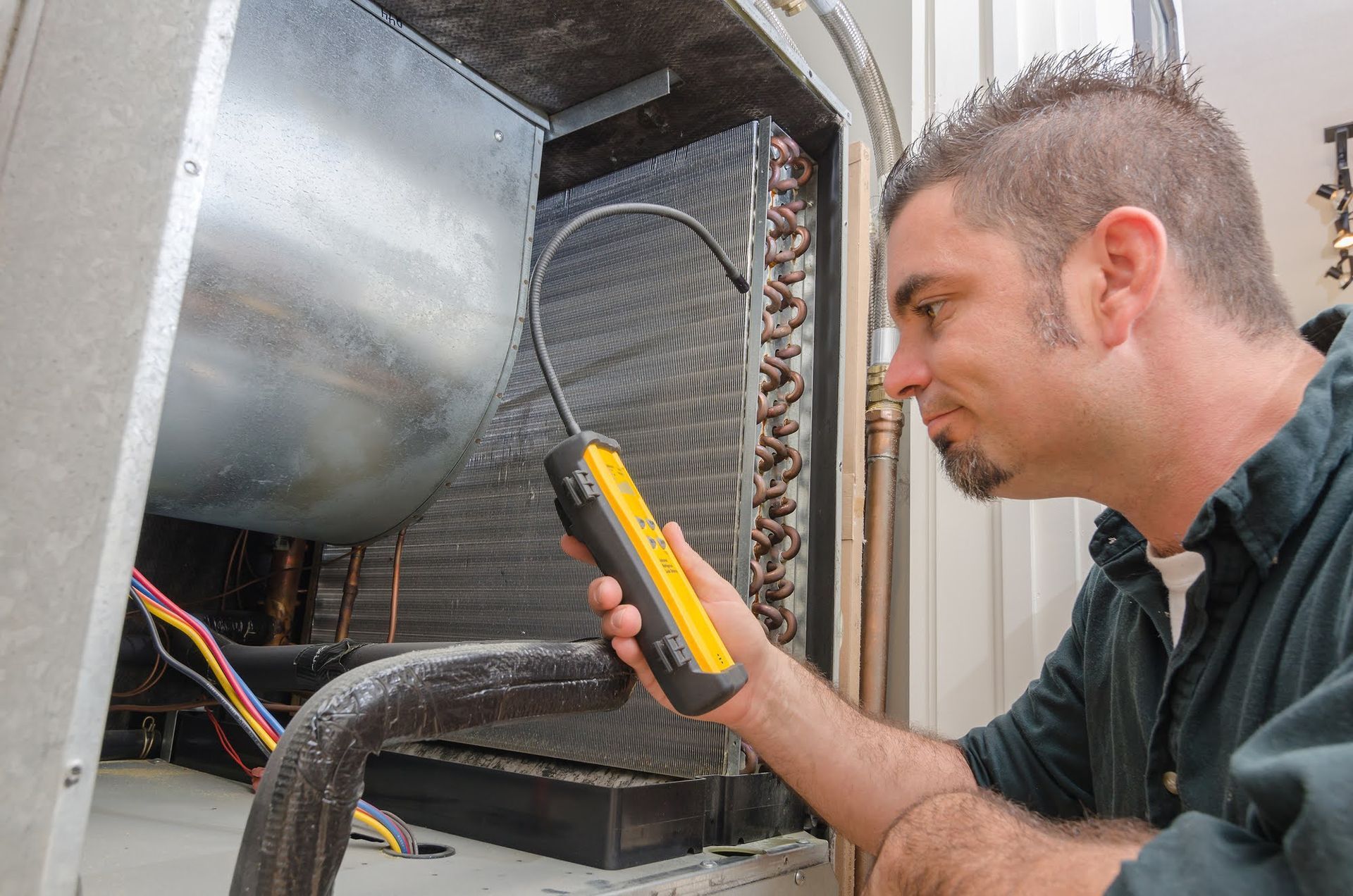An Overview of Three Common Causes of Inefficient AC Cooling
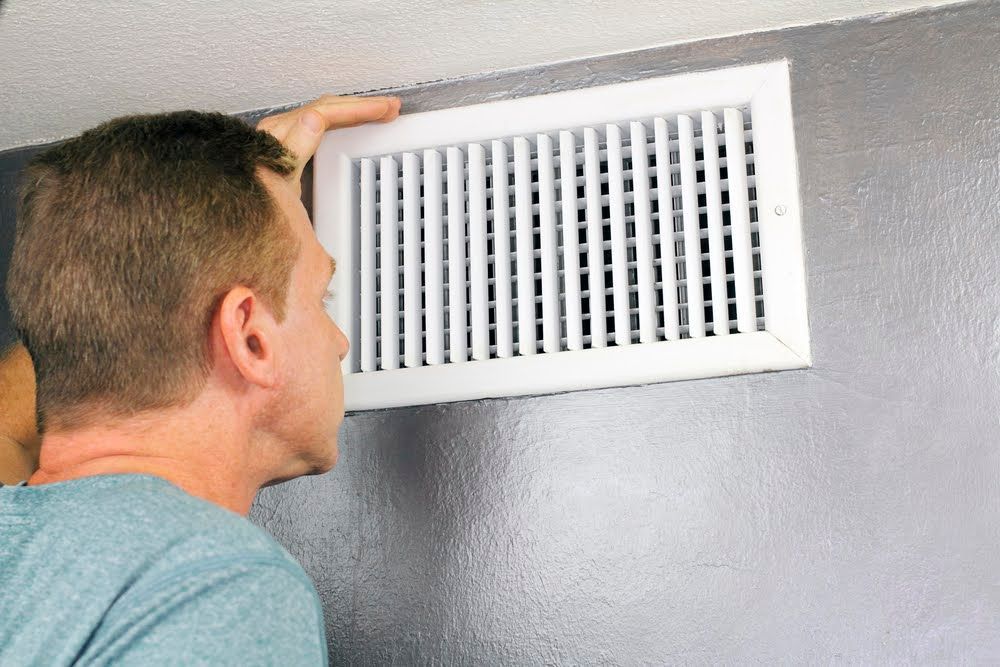
Numerous problems can prevent your air conditioner or HVAC unit from efficiently cooling your home. However, most of the problems stem from a few causes. Below is an overview of three common causes of a multitude of cooling problems.
1. Dirt and Debris
Dirt and debris affect almost all AC parts. That is why cleaning is a component of regular AC maintenance. Below are specific AC parts that interfere with cooling when dirt and debris clog them.
Air Filter
The air filter cleans the air that passes through the AC system. Debris can clog the filter and restrict airflow. A restricted airflow denies the AC the air it needs to cool and circulate in your house, leading to inefficient cooling.
Vents
Dirt and debris on return and supply vents lead to impaired cooling. If debris clogs the supply vents, some of the conditioned air that should cool your house won't exit the ducts. If debris clogs the return vents, some stale and warm air will linger in your rooms instead of circulating back to the AC to further cool your home.
Coil
A typical AC has two coils, the condenser and the evaporator coils. The condenser coil sits outside the house and dispels heat that the refrigerant absorbs inside the house. The evaporator coil sits inside the house and absorbs heat from your indoor air. Dirt and debris on either coil restricts heat transfer and lowers the cooling efficiency of your entire HVAC unit.
Thermostat
The thermostat reads indoor temperature and adjusts the AC's operations. Dirt and debris on some thermostat parts, such as the temperature sensor, lower or even totally impair its temperature sensitivity. Thus, a clogged thermostat might register a falsely low temperature and leave your house warm when cooling is required.
2. Inadequate Refrigerant
The AC uses refrigerant as a medium to absorb heat inside the house and channel it outside. If some refrigerant leaks, the remaining volume might not absorb enough heat to cool your home. Below are some reasons for refrigerant leaks.
Wear and Tear
The refrigerant flows through metal tubes, which are subject to wear like any material. Exposure to moisture and acids can corrode the metal and cause pinhole leaks. Over the years, AC vibrations can disconnect refrigerant connections. Accidents, for example, during construction remodeling, can also trigger leaks.
Installation or Manufacturing Defects
In rare cases, installation and manufacturing defects can also cause refrigerant leaks. For example, over-tightening refrigerant line connections can weaken them and lead to cracks over time. Materials inherently weak from the manufacturer can also wear out fast and develop holes.
3. Thermostat Malfunctions
The thermostat is the focal point for AC control, so thermostat problems easily lead to cooling issues. Below are examples of common thermostat problems.
No Power
Thermostats require electricity to work, which they get either from the mains or from the batteries. As such, power problems such as dead batteries or electrical blackouts prevent normal thermostat operations. A thermostat without electricity won't call for heating or cooling.
Detached Wires
A typical thermostat relies on different electrical connections for its operations. For example, power cables supply the thermostat with electricity, and signal cables send signals from the thermostat to the AC mainboard. A disconnection or damage to any of these wires can throw the thermostat's operations haywire and cause cooling inefficiency.
Briarwood Heating & Cooling has provided heating and cooling services for over two decades. Contact us for maintenance of your HVAC system to ensure it always runs efficiently. We can also diagnose and fix your malfunctioning HVAC system so you can enjoy a comfortable house again.
